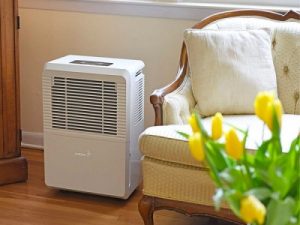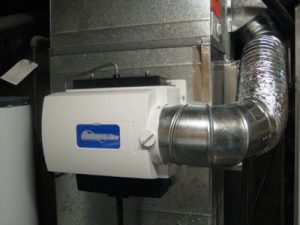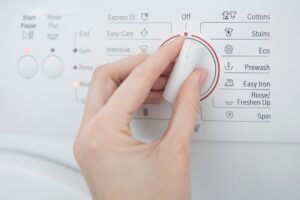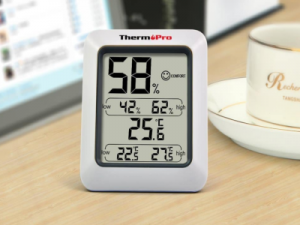
Linear Alkylbenzene Sulfonates
Anionic surfactants are generally used to reduce surface tension, disperse dirt, and increase the effectiveness of cleaning products. It is generally found in laundry detergents.
Since the late ’80s, there has been increasingly more concern about the accumulation of linear alkylbenzene sulfonates in the environment. For instance, in treated sewage, LAS concentrations have been found between 0.008 and 6 mg/mL.
Even if LAS is considered non-toxic and non-carcinogenic to aquatic organisms, a 2016 study presented how very low concentrations of LAS increased the growth of a colon tumor in a laboratory study.
Phenols
Phenols are generally used in very low concentrations as preservatives in plenty of household products and in higher concentrations as disinfectants (hospitals use phenols to sterilize medical equipment).
According to the WHO classification, phenols aren’t carcinogenic to humans. There’s little evidence to show that 2-phenylphenol is an actual carcinogen, especially for humans.
For instance, rats that were fed 0.5% to 4% OPP in diets lasting over 13 weeks developed early signs of bladder tumors. In the human body, Phenols are rapidly excreted, so any type of accumulation is unlikely, even in the case of repeated exposure.
Triclosan
Triclosan is a preservative used to prolong the shelf lives of detergents, as it successfully inhibits the growth of bacteria and fungi. It seems that its effectiveness has been, however, questioned by the FDA because it presented a risk of promoting bacterial resistance without actually inhibiting growth.
The widespread use of triclosan in household and personal care products has made it one of the most feared pollutants worldwide. It has been found in aquatic life and human breastmilk.
The compound is both estrogenic and androgenic, which may lead to hormone dysregulation. After repeated studies, it has been concluded that triclosan isn’t carcinogenic to humans.
If you enjoyed reading this article, then you also need to try this:

































